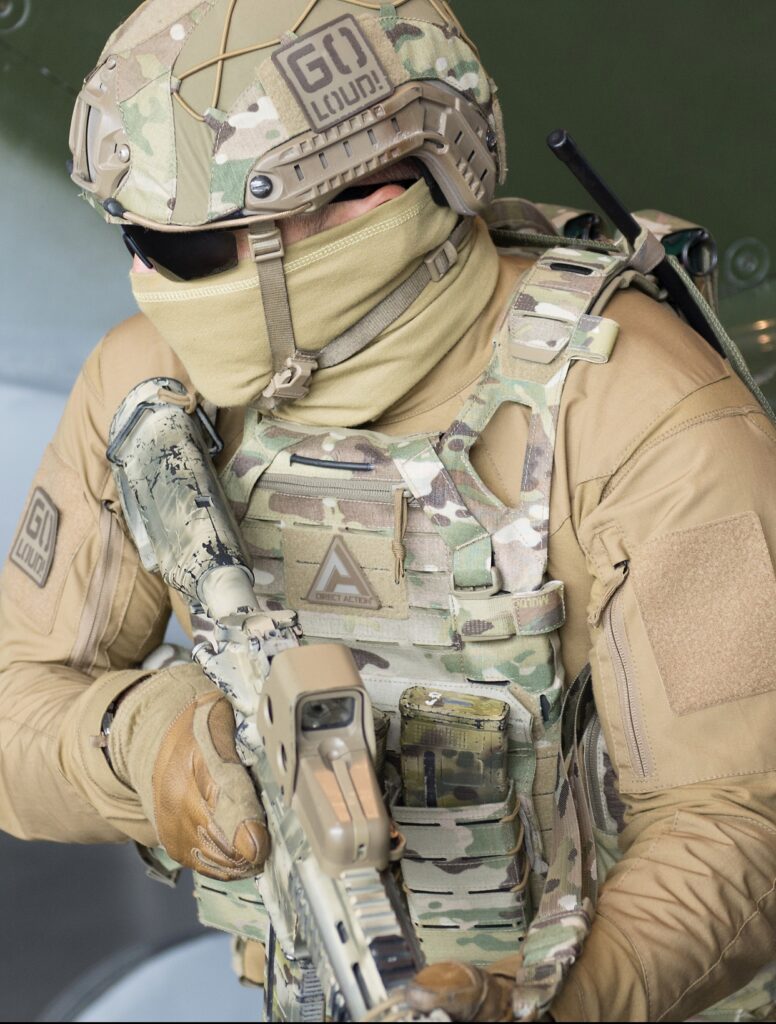Special Forces Clothing
Special forces clothing, what is it? Since the dawn of time, armies have always distinguished the bravest and most capable soldiers, whether they were royal guards or cavalry units, with specific uniforms. The reasons are various, but the main ones are certainly the pride of belonging to a department made up of “few” and to strike terror at the enemy who sees “tough ones” take the field. If in the past the uniforms of the elite departments were often gaudy and clearly visible, just think of the Polish Winged Hussars or the French Dragons or the Persian Immortals, in the contemporary age we began to think more about functionality than appearance, being low visibility a necessity of modern warfare … One of the first departments to adopt green uniforms, to “disappear” in the woods of North America, were the Rogers Rangers (progenitors of the current American Rangers) who gave a lot of trouble to the “colored” French regular troops, during the Franco-English wars .
From the 700 ‘to the end of the 900’ the step is short and we arrive at the First World War, where many armies still dressed “colored” and learned despite the need to be less visible under the fire of the machine guns.
The birth of clothing for special forces.
During the Great War many nations equipped themselves with specialized departments in the assault of the trenches, Sturm truppen, Stosstruppen, troupes de Choc, all specially equipped and dressed in a more functional and much less formal way. In Italy, on the other hand, the first real Special Forces are created, the Arditi, with equipment and clothing specifically designed for the actions (cycling jacket, sweater and riding pants), they are also the first to carry out war air raids.
In the first post-war period, many armies begin to form specialized departments: paratroopers, hunters, swimmers, etc. These departments will give great proof of themselves during the Second World War, but it will also lead to the formation of even more special departments (SAS, ADRA, XMas, X Arditi department, SFFS, Brandenburgers), characterized by super specialized equipment and practical and “off-book” clothing.
The Special Forces will evolve further due to the low intensity conflicts of the second post war, note the ability, they had an office in charge, to equip themselves to the best of the SOG departments in Southeast Asia. Specific uniforms, Tiger Stripes or black, out of order to better infiltrate behind enemy lines. Direct descendants were the Delta Force operators, with black jackets, jeans and dirty boots. The armies supplied specific uniforms to the FS, but always in military standards until the War on Terror, which acts as a watershed for the technological revolution of clothing. . The operators buy civilian technical clothing to face the Afghan winters in a more functional way, until the companies begin to produce technical garments but MILSPEC, in the colors required by the FS, and in a short time the GoreTex jackets with the standard parka cut, become jackets from mimetic mountaineering; the trousers are reinforced, stretch and with functional pockets; the combat-shirts are elasticized and sturdy, with fabrics specific to the climates to optimize operator comfort, here was born the real clothing for special forces
Quality of materials first of all!
The companies producing high performance fabrics (GoreTex, Polartec, ClimaShield Primaloft, Schoeller) develop products with specific characteristics required by the Armed Forces and Special Forces, which have now become standard in the Tactical and Bushcraft world, for reliability, strength and comfort .
Many Special Forces operators have opened companies or work there as consultants, and it shows in the functionality and wearability of the “uniforms” they create: light, robust and flexible, as comfortable as tracksuits.
Among the many companies that we have tested and let our friends of the FS test, Direct Action.
Polish company founded by a special forces operator and still led by several of them, produces Special Forces equipment that stands out for its functionality, sturdiness and absolute reliability as well as for an excellent value for money!

